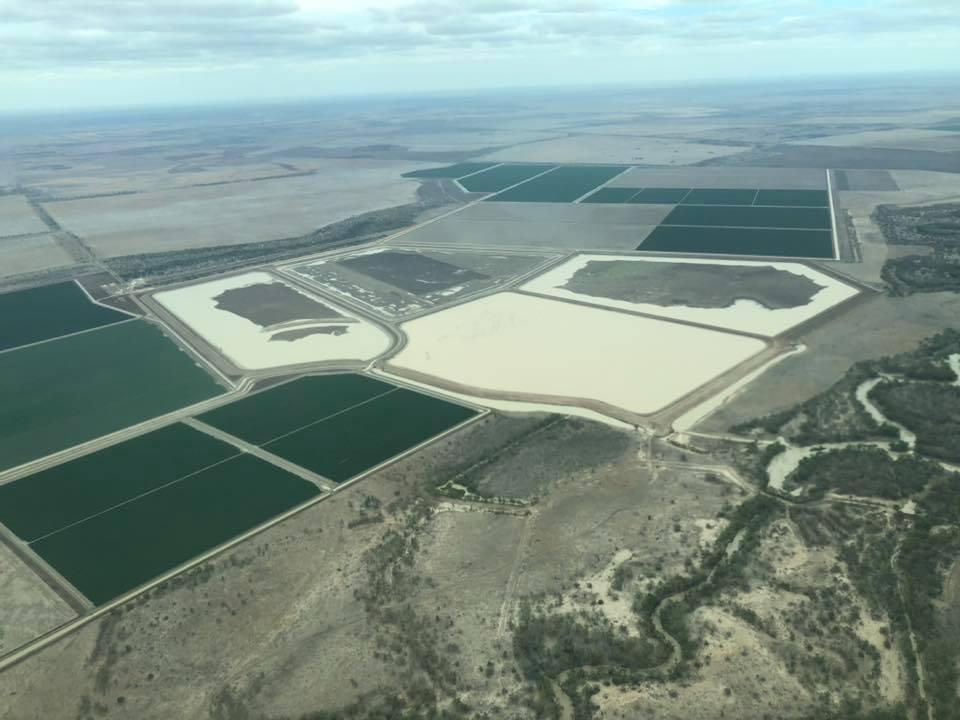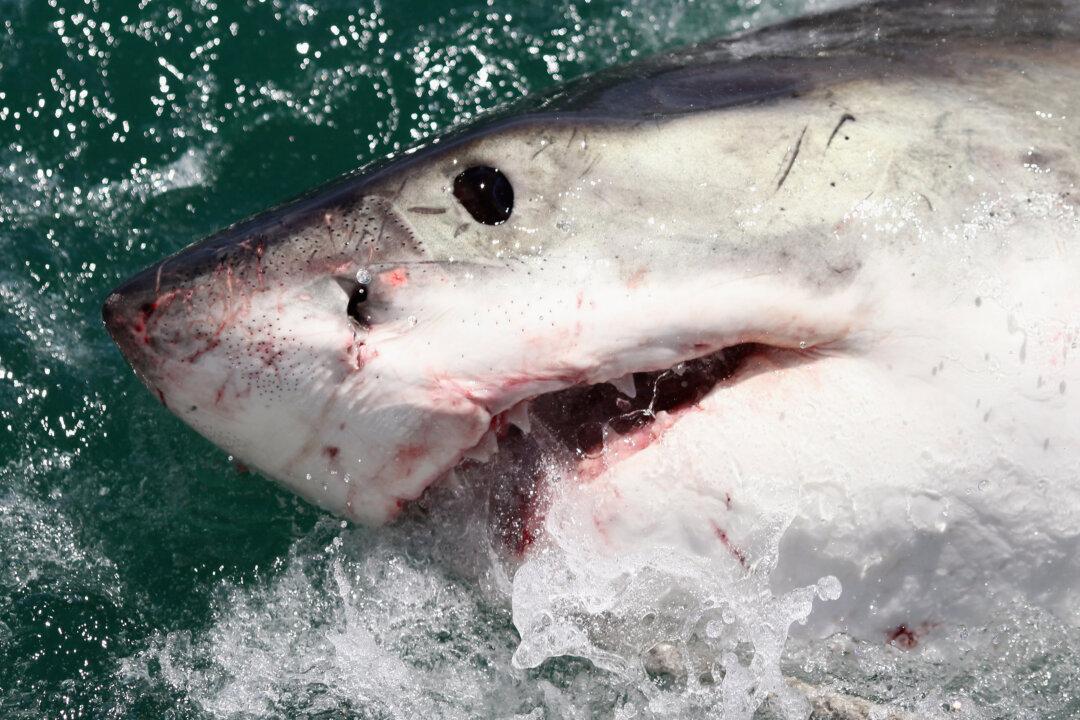An estimated one million fish have died in the choking rivers of Central Australia’s Murray River system but some farms further upstream have been seen still to have considerable volumes of stored water.
New aerial photos have been widely circulated by Centre Alliance Senator Rex Patrick, revealing that the Condamine River is relatively full with several Queensland cotton farms still holding thousands of megalitres of water.





